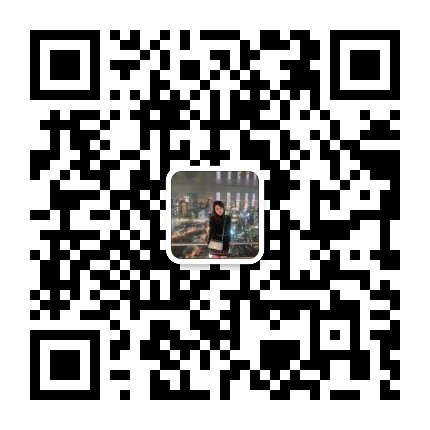年仅四岁的儿童就可以自行拭子进行 COVID-19 检测
2022-09-02
一项新研究表明,学龄儿童可以擦拭自己的样本进行 COVID-19 检测, 根据亚特兰大埃默里大学医学院和亚特兰大儿童保健中心的临床研究人员的说法.
在这项研究之前, FDA 实施了防止未成年儿童的规定 14 自擦拭 COVID-19 后的几年. New data led researchers to suggest updating this policy would be beneficial so children in school or a group setting can self-swab.
There are challenges when collecting COVID-19 swab samples from children at school or in group settings, according to Bruce Tromberg, PhD, director of the National Institute of Biomedical Imaging and Bioengineering (NIBIB) and lead for RADx Tec, 在新闻稿中. 为此原因, Tromberg noted that the self-swab method of collecting swab samples in schools may be beneficial.
“The study data may surprise some and will reassure others that children as young as 4 years old can follow simply presented instructions and collect their own nasal specimen for COVID-19 testing,” Tromberg said.
Schools and other group settings are not as likely to have trained health care workers on-campus to collect COVID-19 samples, according to the researchers. Following a meeting with researchers from the NIH RADx Tech program, researchers from RADx Tech Testing Verification Core in Atlanta decided to conduct a study to understand the correct age for pediatric self-swabbing.
From July to August of 2021, investigators performed a trial on 197 Atlanta-based children who showed symptoms of COVID-19. After watching a 90-second how-to video with supplementary pictures and written instructions, the children swabbed each nostril 4 次, 1 centimeter deep—their noses were swabbed again by a health care worker, and the results went to the lab for comparative analysis.
According to the results, the children’s swab results matched the health care workers for 97.8% of positive cases, 和 98.1% of negative results. Among all the samples, 44% tested positive for COVID-19.
“Seeing how closely the results line up between the children and trained health care workers is a strong indicator that these age groups are fully capable of swabbing themselves if given proper instruction,” co-lead study author Jesse Waggoner, MD, assistant professor of Infectious Diseases with the Emory University School of Medicine, said in a press release.
While the researchers could not detect a difference in COVID-19 cases between children aged 8 years and younger versus children older than age 8 年, 超过 15% of the younger children needed extra assistance to complete their self-swab sample.
The new data provided by this study has since been used by COVID-19 test manufacturers who want to apply for an FDA-approved emergency use authorization (美国), which would allow them to include a younger age-group.
“Why not allow a kid to self-swab? It’s a win-win,” senior author Wilbur Lam, MD, pediatric hematologist and oncologist at Children’s Healthcare of Atlanta, professor at Emory University and Georgia Institute of Technology, and program director of the Georgia Clinical and Translational Science Awards Program Hub Innovation Catalyst, said in a press release. “They would rather do it themselves and it frees up the health care worker to do other things.”
来源: Pharmacy Times
















